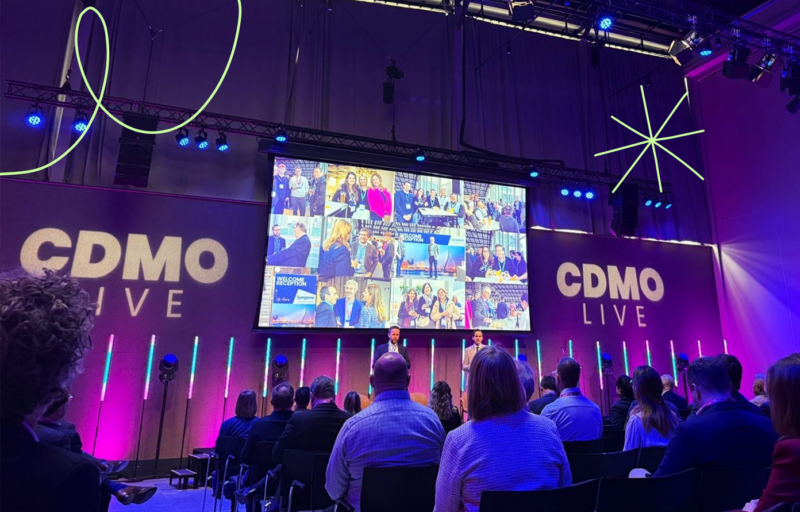blog:
Get more brand for your buck: How investment in brand can impact sales

As commercial strategists, it’s our M.O. to keep up-to-date with trending practices. Over the last couple of years, pharmaceutical brand strategy has risen to become the top priority for marketing teams.
As our industry continues to evolve, making organizations re-evaluate their business and investment strategies, businesses see that trading short-term marketing tactics for longer-term investment in brand is the best and safest way to ensure marketing ROI.
This trend is particularly important to the life sciences industries for three reasons:
-
Like most B2B industries, life sciences marketing is highly commercial, so the link between brand strategy and lead generation needs to be clear. When other industries are seeing brand investment as a commercial play, we need to take notice.
-
There is little in the way of brand distinction as marketers have focused on more short-term tactical marketing. Messaging, visual identity, value propositions and brand narratives tend to be homogenous and lack consistency, authenticity, relevance and customer-centricity.
-
Buyers are engaging sales and business development teams later in the buying journey which means less time for BD teams to be able to reinforce their unique selling points. This means that the brand must play an increasingly important role in the buying journey to create distinction.
And this is the context in which investment in brand strategy really impacts sales. Distinction, customer centricity, consistency, relevance and authenticity are how life sciences organizations drive lead generation. In this industry, it has never been about ‘whoever shouts the loudest’; highly technical and scientific propositions require nuanced marketing to find the right customers for the right reasons.
A pharmaceutical brand strategy brings together what customers need with how an organization is uniquely placed to address that need. A brand strategy is the central marketing foundation around which all external marketing is built because it creates the method for influencing the decision-making of customers. It gives us customer segmentation, tone of voice, organizational heritage, operational principles, value proposition and blends them into unique, tailored narratives about a company’s capabilities.
Having a brand strategy is the most effective way to orientate your company around customer needs and therefore drive marketing ROI. It is the most potent weapon a company has right across the funnel.
To know if your brand is working hard enough at the bottom of the funnel you can ask yourself four questions:
-
Do you understand the functional and emotional influences on your different customer groups?
-
Is your marketing consistently telling authentic, original, customer centric stories across every channel?
-
Are you basing your marketing and communications on more than just your expertise and capabilities?
-
Do you know the culture, principles and practices that keep your colleagues motivated?
If you’ve answered ‘no’ to any of those questions, your brand strategy may need some work.
Related news, insight and opinion




